This week, we’re covering the rise of the Hirata school of kokugaku, or national studies, during the Edo Period. How did an intellectual movement devoted to linguistics become a powerful political, social, and arguably religious force by the end of samurai rule–and why did that movement fall from power after just a few short years of influence?
Sources
Totman, Conrad. Early Modern Japan
Jansen, Marius B. “Japan in the Early Nineteenth Century” and H.D. Harootunian, “Late Tokugawa culture and thought” in The Cambridge History of Japan, Vol 5: The Nineteenth Century
Fujiwara, Gideon. “Spirits and Identity in Nineteenth-Century Northeastern Japan: Hirata Kokugaku and the Tsugaru Disciples.” PhD Dissertation, University of British Columbia, 2013
McNally, Mark H. “Who Speaks for Norinaga? Kokugaku Leadership in Nineteenth-Century Japan.” Japanese Journal of Religious Studies 38, No 1 (2011)
Keene, Donald. “Hirata Atsutane and Western Learning.” T’oung Pao Second Series 42, No 5 (1954).
Walthall, Anne. The Weak Body of a Useless Woman: Matsuo Taseko and the Meiji Restoration.
Images
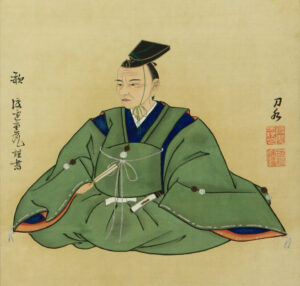
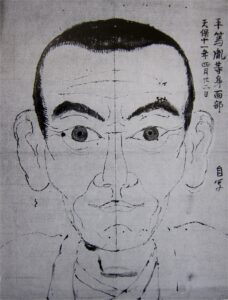
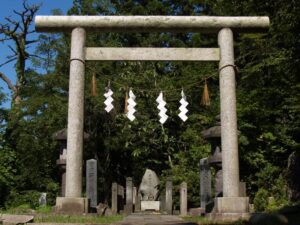
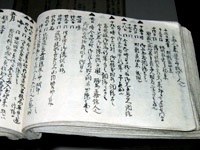
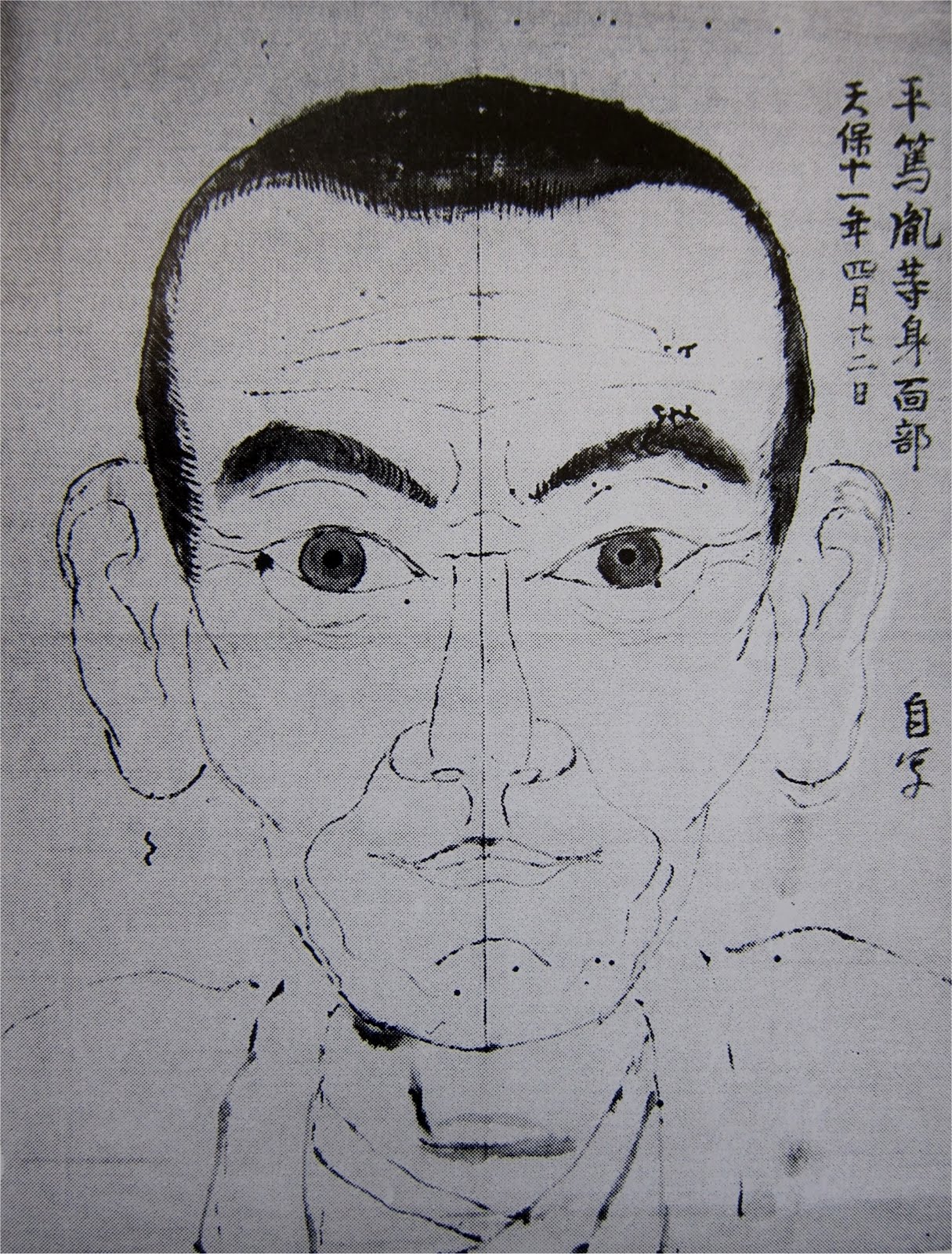
Sorry if this isn’t an approrpriate place for topic recommendations, but I wasn’t sure where to leave it.
I’ve really enjoyed your podcasts about the former post-war prime ministers. I’d be interested to hear some more especially about Sato Eisaku and Nakasone Yasuhiro. I find post-war Japan, especially Japanese politics incredibly fascinating. Thank you ^^
thanks for episode
Hello Isaac, Walthall describes the Hirata school’s bungled coup as “kokuji ihan jiken” but this is not the most common name for this incident, and people who search for that in Japanese may have trouble. On Wikipedia you will find it under the title “Nikyō jiken” 二卿事件. The perpetrators had interesting careers which are surprisingly poorly documented by historians.
Wait it seems I might be wrong…. Am I mixing together two Kyoto centric failed coups?
I’ve never heard you describe kokugaku as “nationalism.” From what you described before and the work that it’s produced, I don’t know if that’s the right label, anymore than rangaku would be globalist. Consider how Motowori Norinaga’s work on Old Japanese and folklore was central to later academic study. I’d say modern nihonjinron is more nationalistic.
Question: would you consider Lafcadio Hearn to be a kokugakusha?
Norinaga described his own work as kogaku, not kokugaku. Kokugaku really best applies to Hirata and his successors and rivals. This is the faction which proposed that the Emperor should employ economic and military might to rule the world.